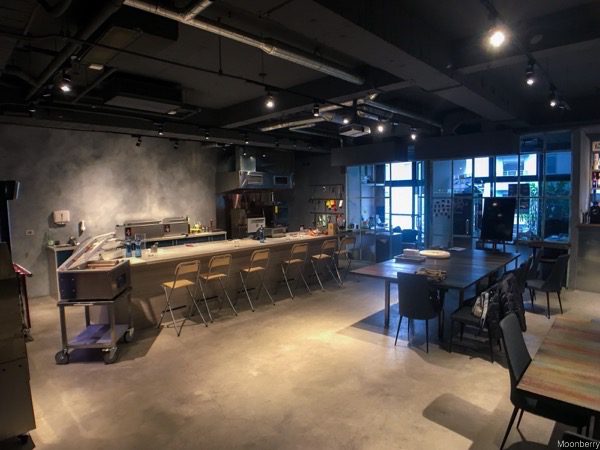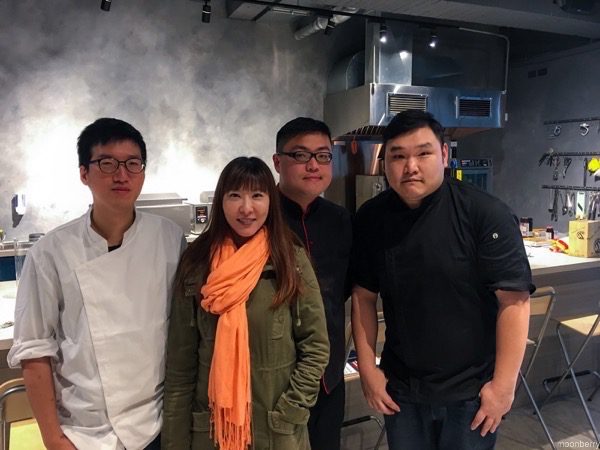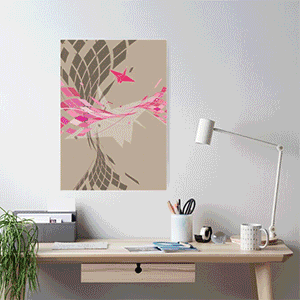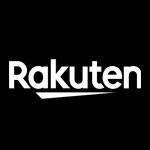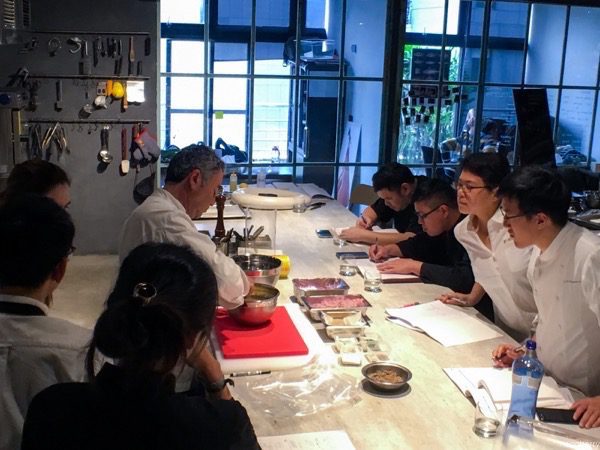
The cooking technique known as sous vide has caught on in a very big way in Asia today and taken the culinary world by storm, with many professional chefs and culinary enthusiasts (me!) displaying great curiosity and interest in this method. Up until a mere handful of years ago, this technique remained mostly used by high class award-winning restaurants. But with food industry becoming so ubiquitous and trendy these days, we now have access to a wider variety of tools and equipments available in the market. It is also much more accessible to learn this technique – especially if you know where to look. And that’s what this post is about. I’ll be sharing about a sous vide masterclass, right here in Asia, taught by a grandmaster who’s an expert (or more accurately, a legend!) in the sous vide cooking method.
Learning a new cooking technique can be daunting, especially when there are equipments to invest in. It makes perfect economical sense to get the most out of these equipments by having a good grasp of the fundamentals before spreading your creative wings and be the next culinary rockstar. If you’re reading this but have no idea what sous vide is, the quick summary of it is:
Sous vide is a cooking method that differs from conventional cooking methods in two fundamental ways: the raw food is vacuumed sealed in plastic pouches and the food is cooked using precisely controlled heated water.
Several weeks ago, I had the privilege to join the Fundamentals of Sous Vide Masterclass conducted by GastroJoy in Taipei. It is a four-day certification course that provides a very in-depth understanding of the sous vide cooking technique. Everything you want to know about how to use this technique effectively and efficiently is covered in this course. From the ins and outs of how it works, why it’s such a valuable method for professional kitchens, to theories and strategies that will equip chefs to produce the best flavor and texture in their own dishes with consistency and precision.
This course is led by Tony Botella, one of the industry’s foremost authorities on sous vide worldwide and has spent decades in researching, analyzing, and innovating new concepts and techniques in this field.
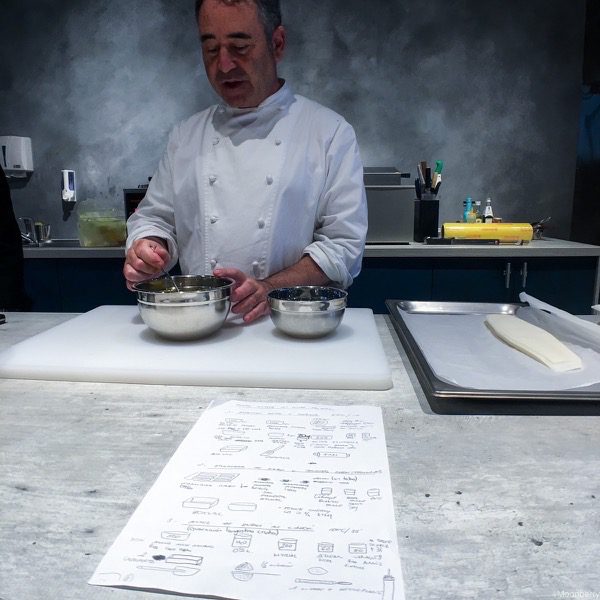
Dubbed the “Godfather of Sous Vide”, Tony is one of the world’s great masters of the technique. A legendary name within F&B circles, he has trained numerous Michelin-starred chefs on the theory and methodologies of sous vide cooking. He is the founder of the world’s first dedicated sous vide academy for professional chefs: Tony Botella Taller de Cuina [TBTC] in Barcelona, Spain. In between being regularly invited to speak and teach at renowned institutions, hotels, and gastronomy summits across Spain and the US, and a culinary advisor to several chef-favorite brands such as Orved, Memmert, and Josper, Tony now extends his teaching expertise to Asia by helming the sous vide masterclass at GastroJoy.
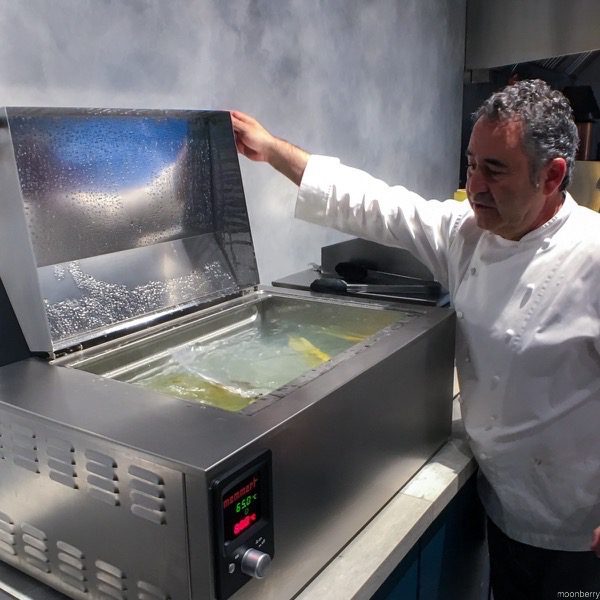
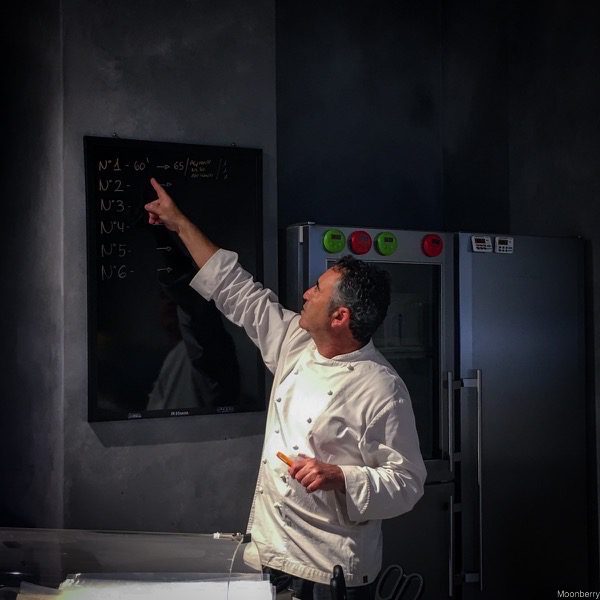
During the four-day class (of which I attended only three due to scheduling mixup), I learned about the science and theories of vacuum cooking in controlled heat. I also got to see Tony up-close as he demonstrated step-by-step how to use sous vide on a variety of ingredients. I was amazed that you could make a crispy suckling pig (WHOLE PIG) using the sous vide method! Who’d have thunk!?
Day 1: Tony went through theories and explained the science behind sous vide method with real-life demonstrations. He also elaborated on the difference between compaction and pressure – turned out they’re not the same, the objectives and advantages of using this cooking method, recommended pasteurization temperatures, the importance of food safety, and so on so forth.
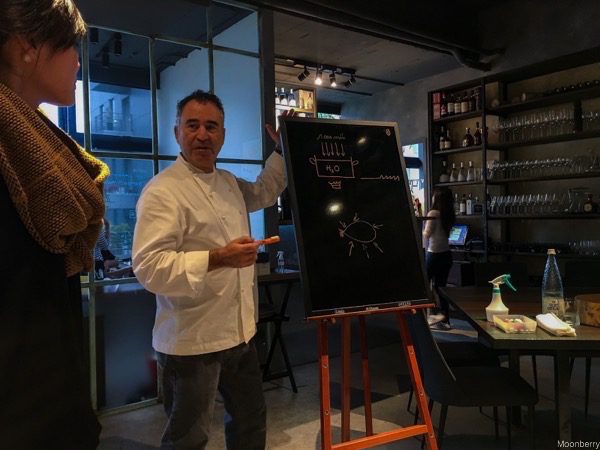
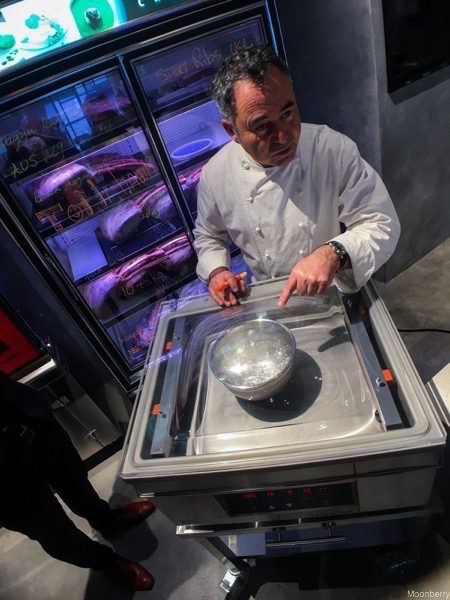
Tony demonstrating the physics of “cold boil”, which was actually air being extracted from a bowl of water inside the vacuum machine. The appearance of the vigorous bubbling really looks like the water’s boiling, but there is actually no temperature difference whatsoever.
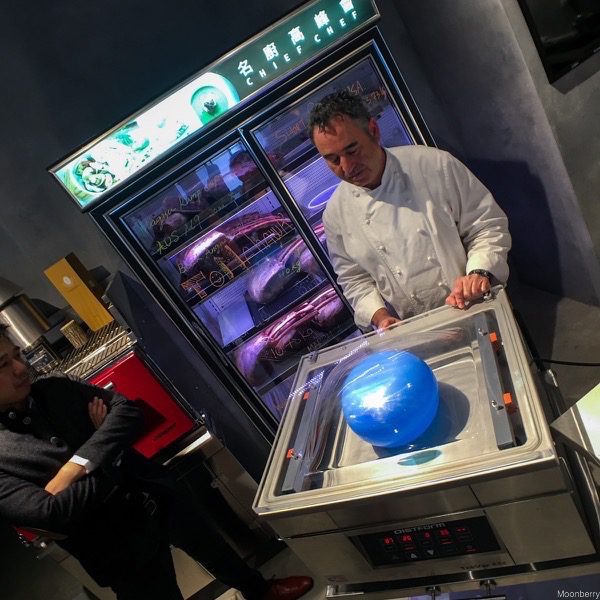
Here’s the demonstration of compaction vs pressure theory. It was also pretty mind-blowing, the balloon was expanding inside the vacuum machine while I was totally preparing myself for it to pop (by covering my ears), but it didn’t! :o
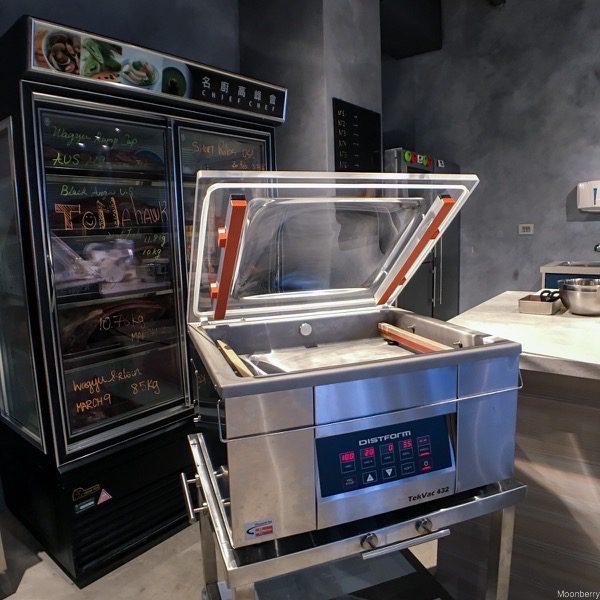
Day 2: FOOOOOD! Tony demonstrated the steps for these cold starters:
Sake-marinated Pineapple-stuffed Foie Gras
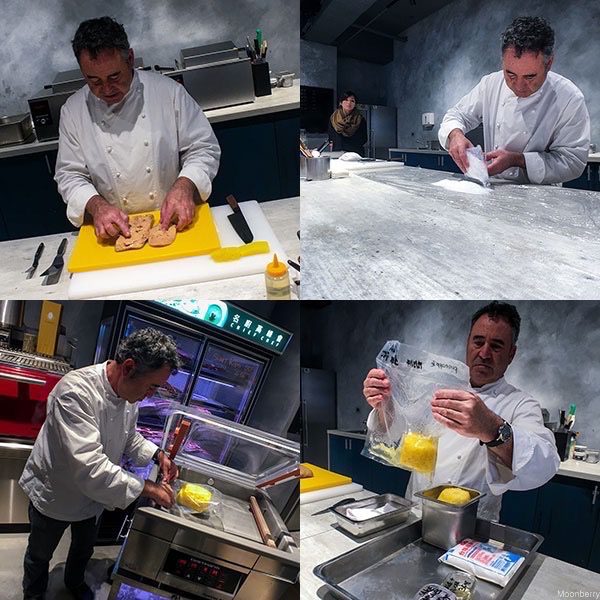
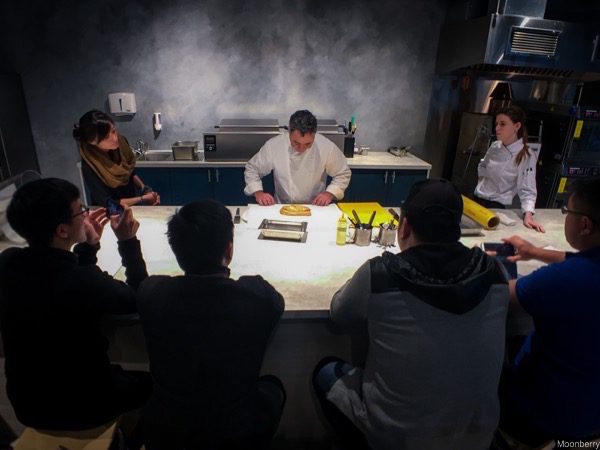
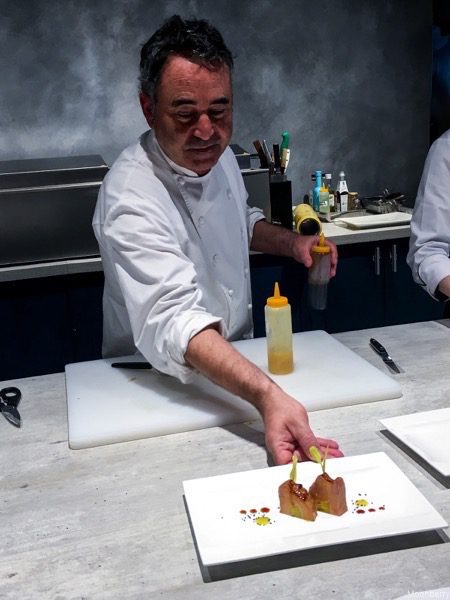
Sliced Turkey Breast & Aioli Salad
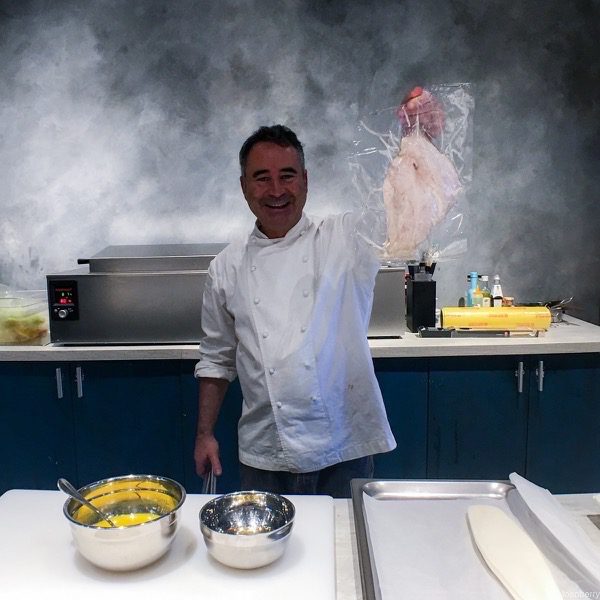
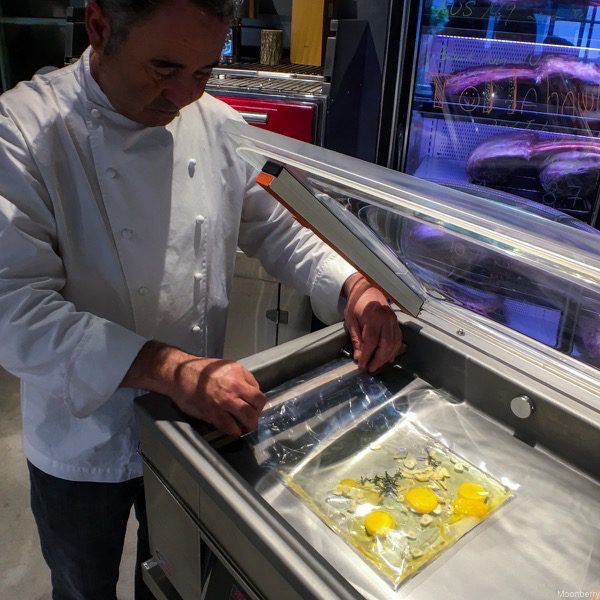
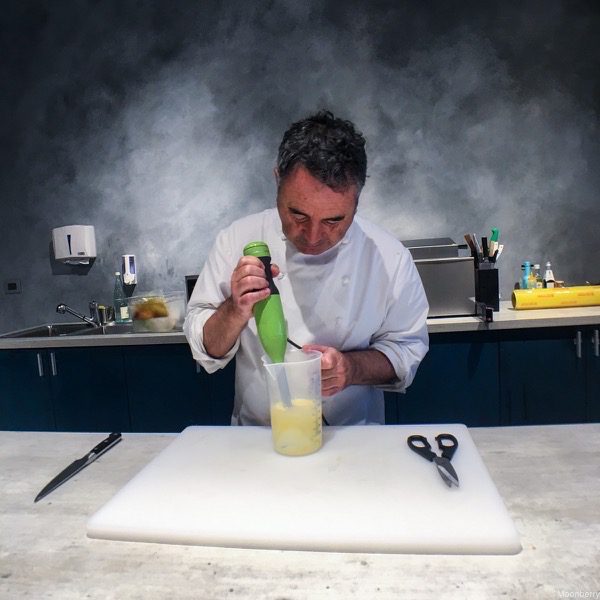
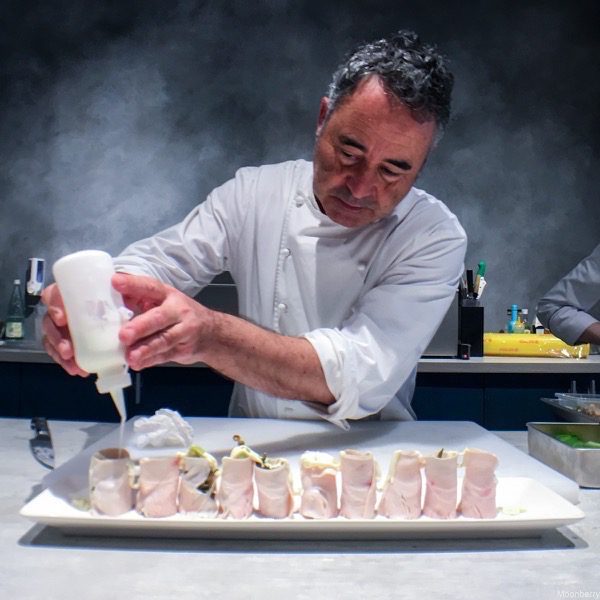
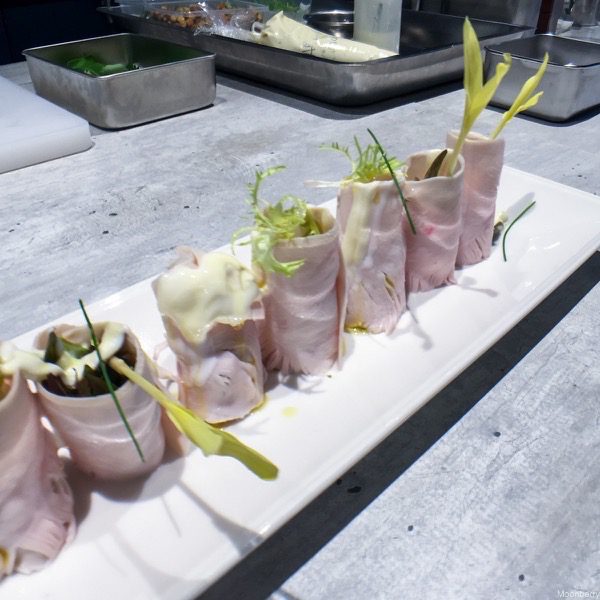
Shrimp and Miso Cold-steamed Chawanmushi
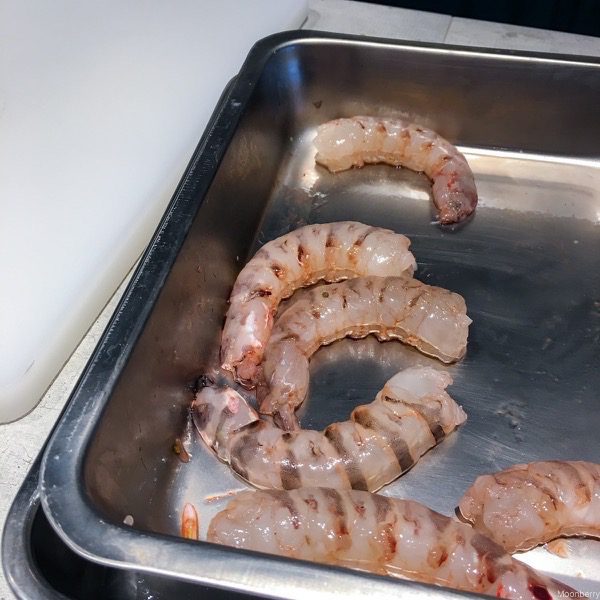
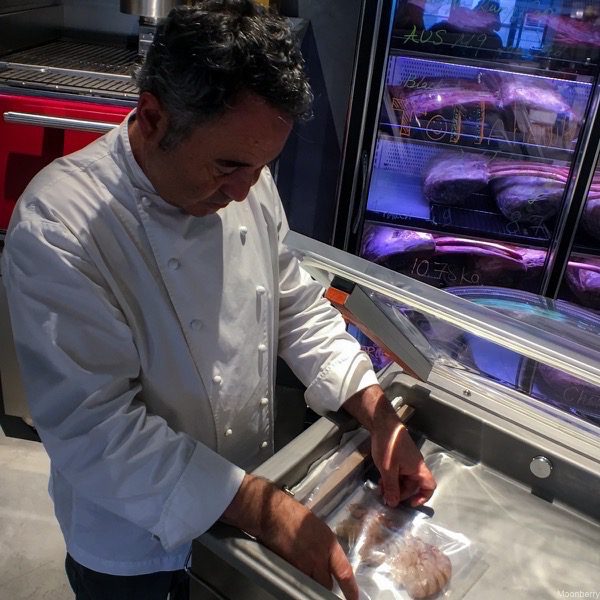
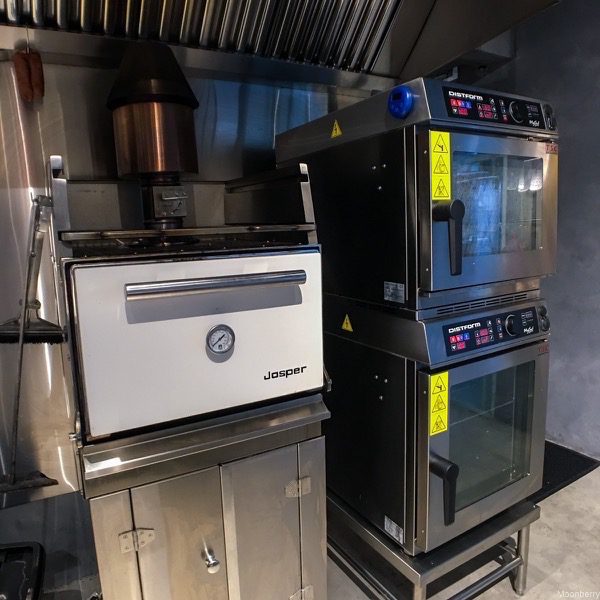
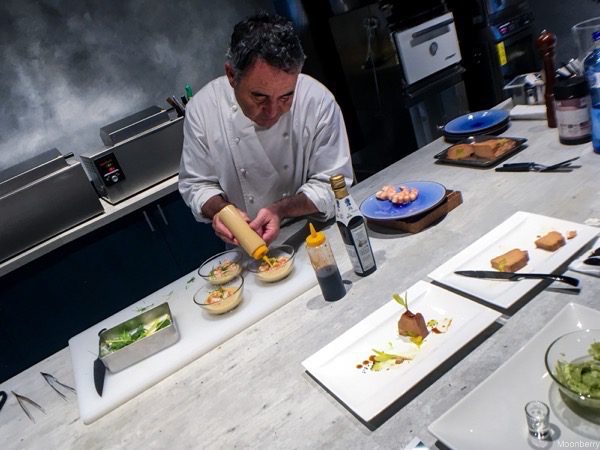
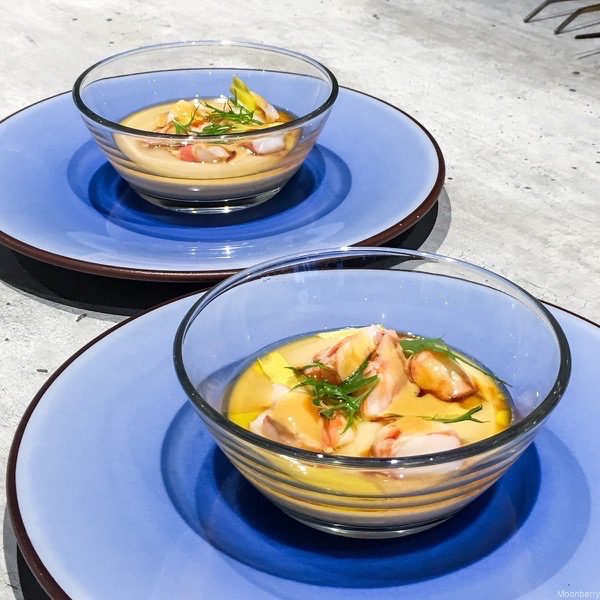
Avocado Mousse with Pico de Gallo
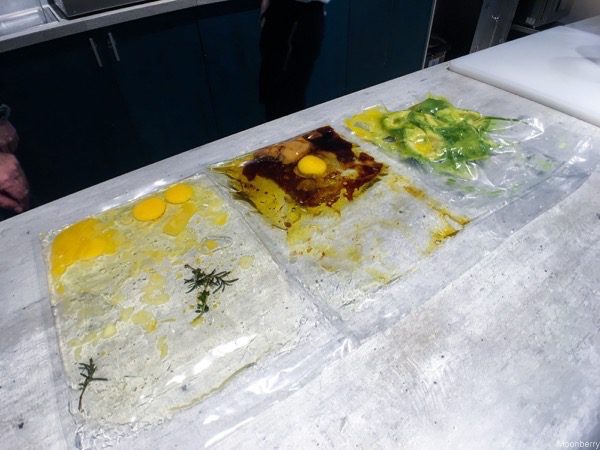
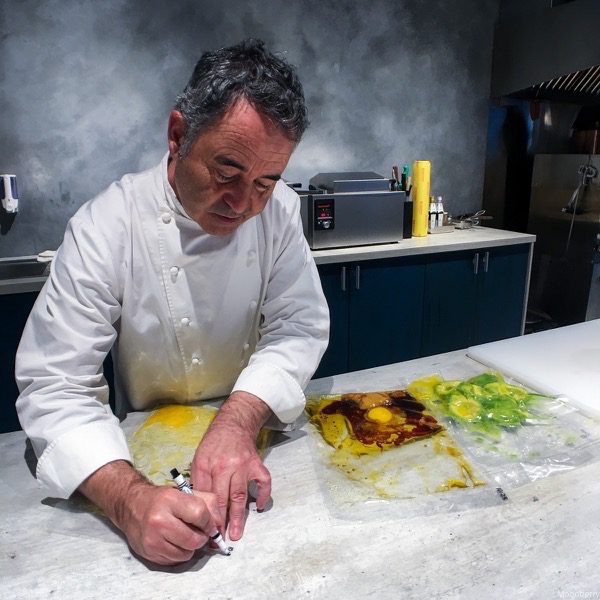
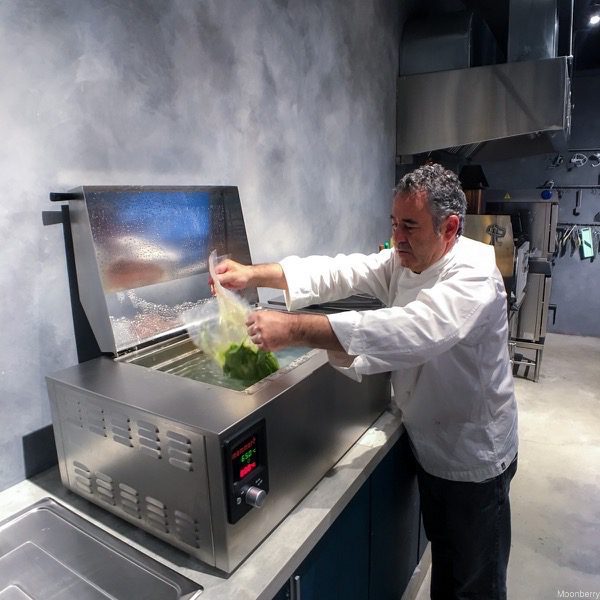
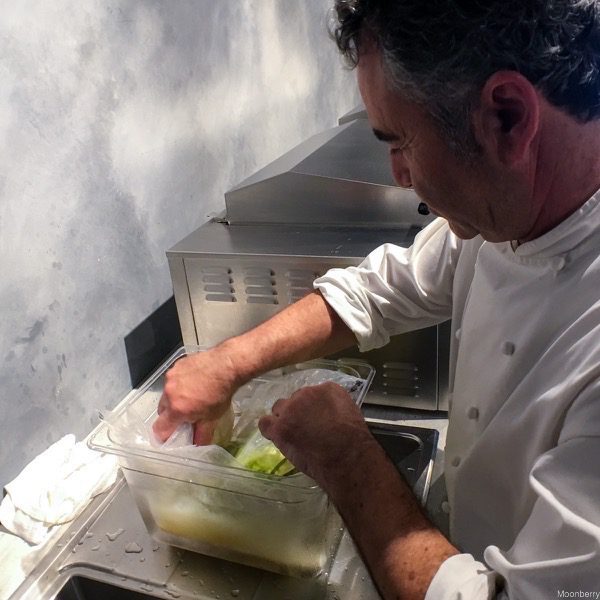
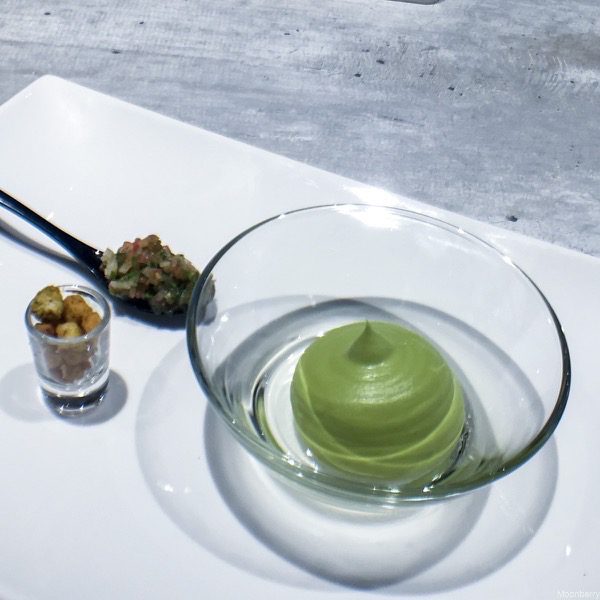
Langoustine Crudo with Sushi Rice
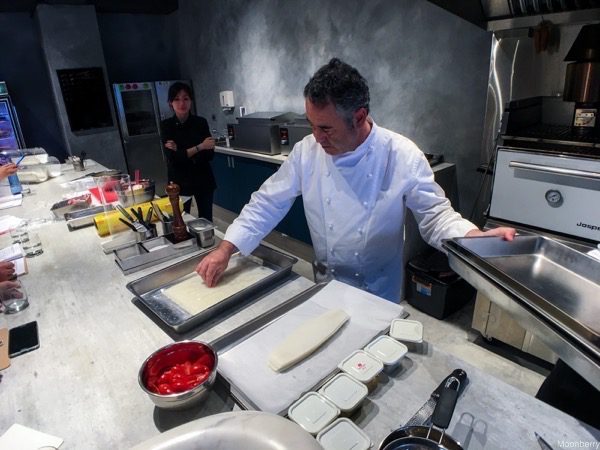
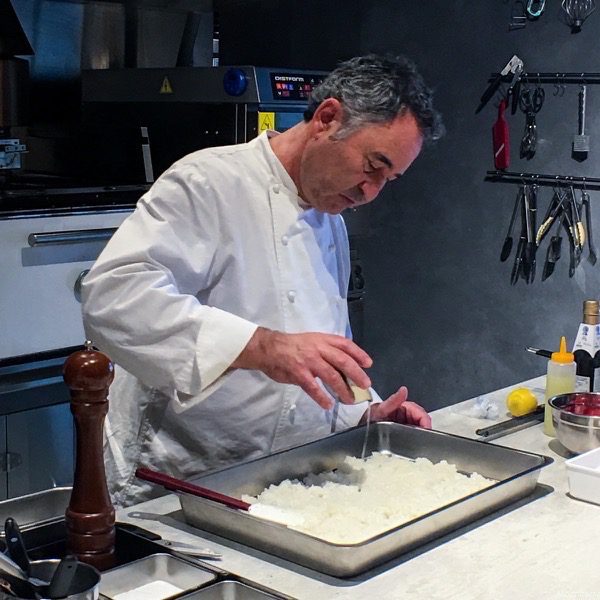
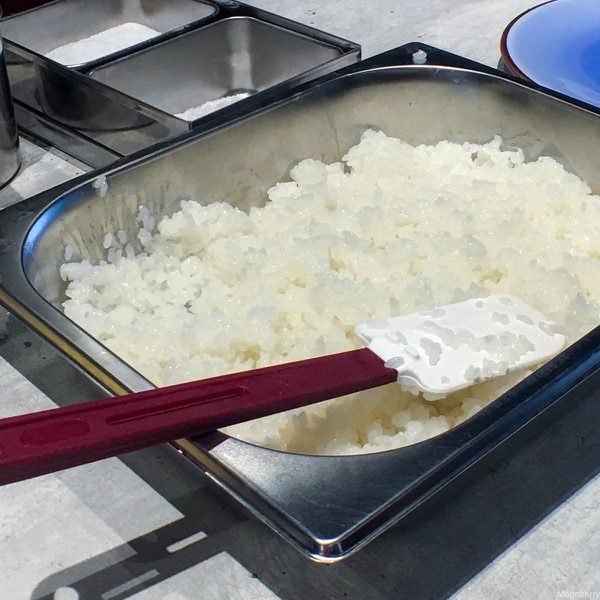
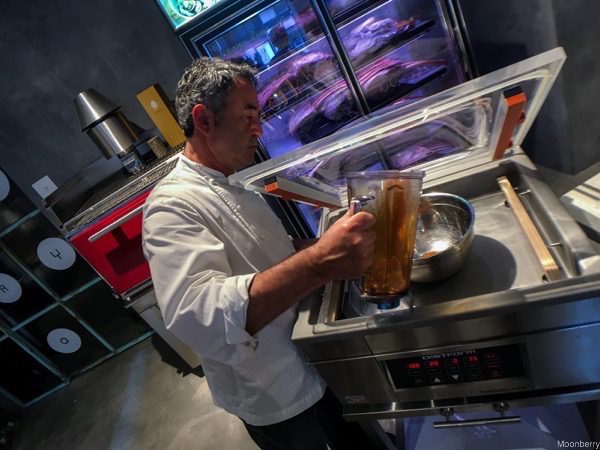
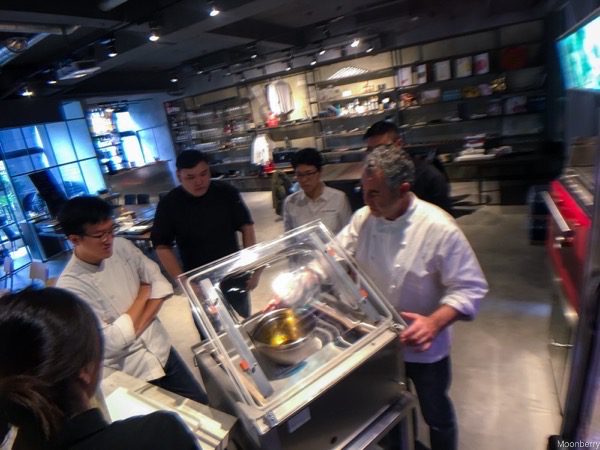
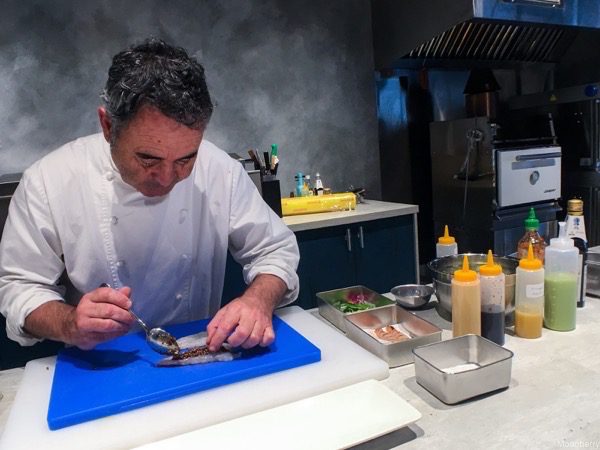
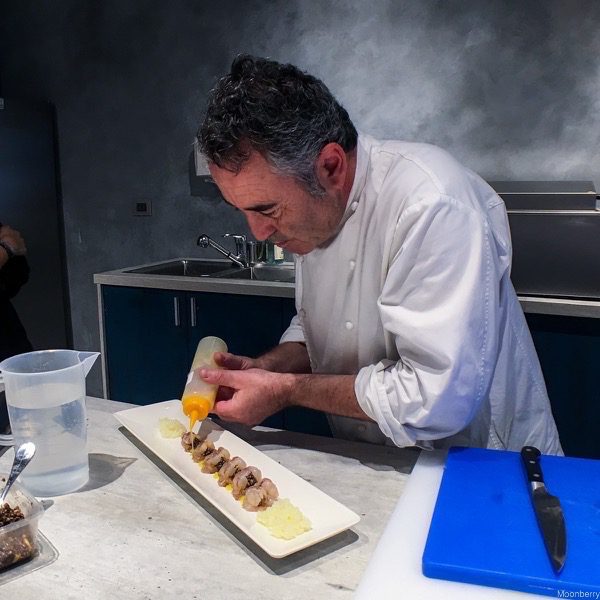
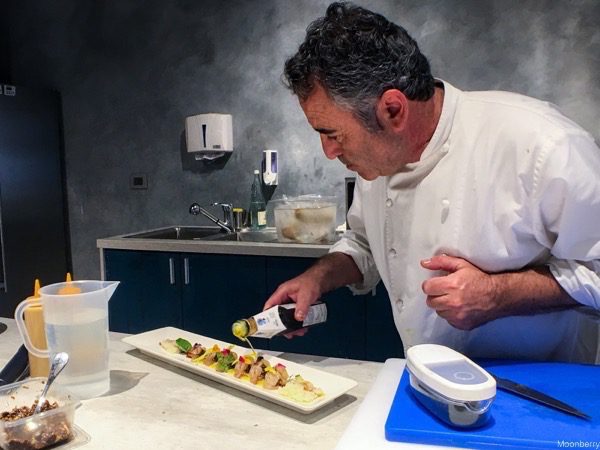
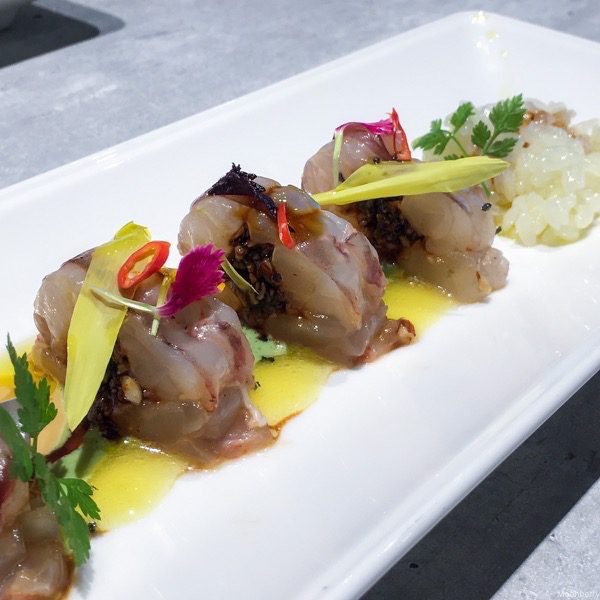
Day 3:
Sauteed Squid with Texturized Consommé
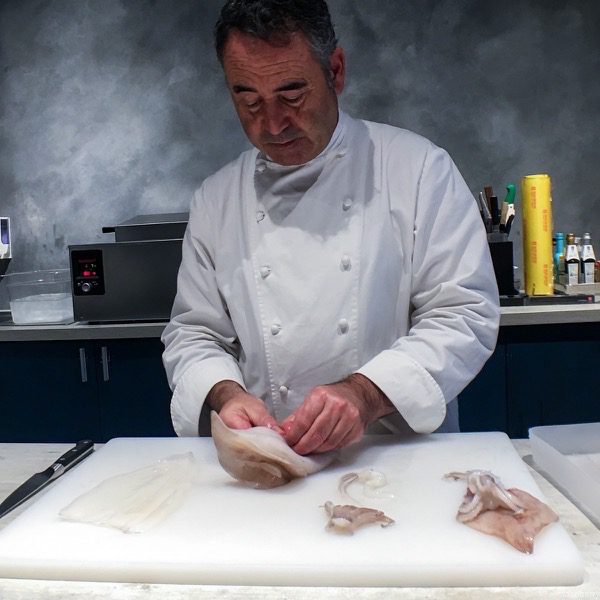
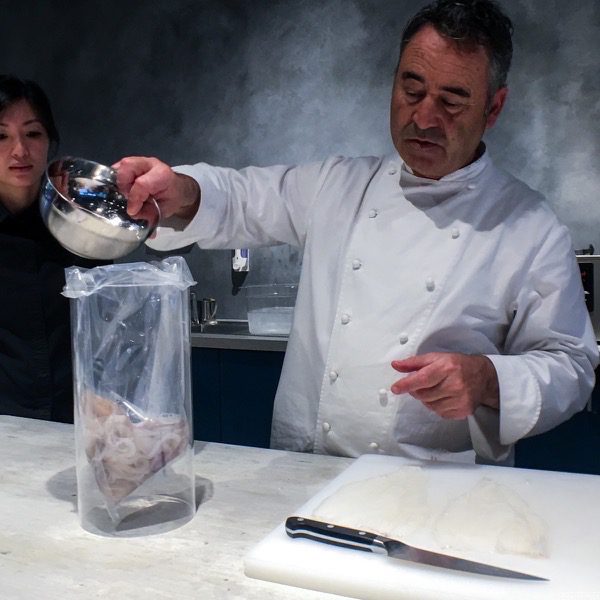
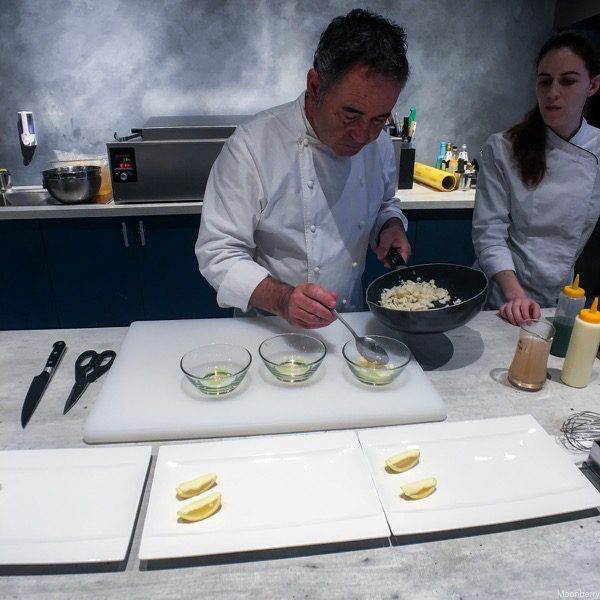
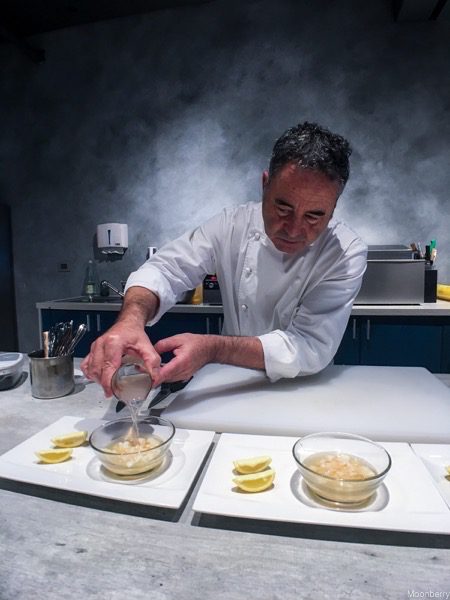
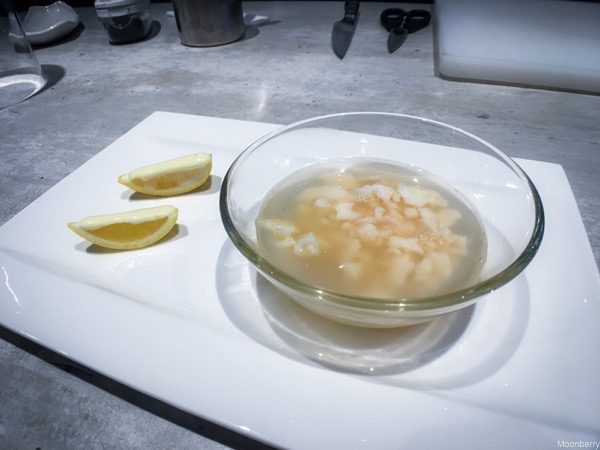
Garlic & Chili “Sofrito” White Fish
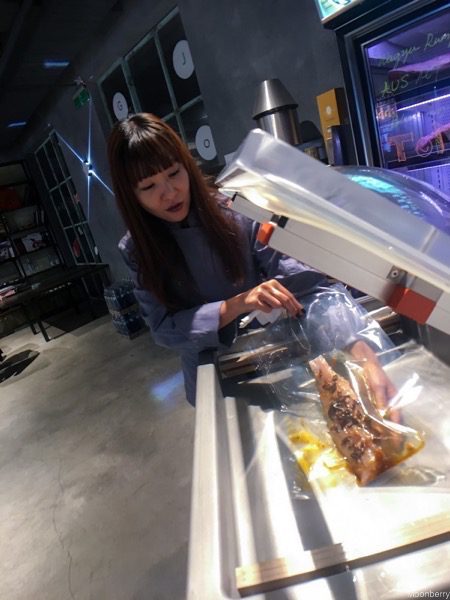
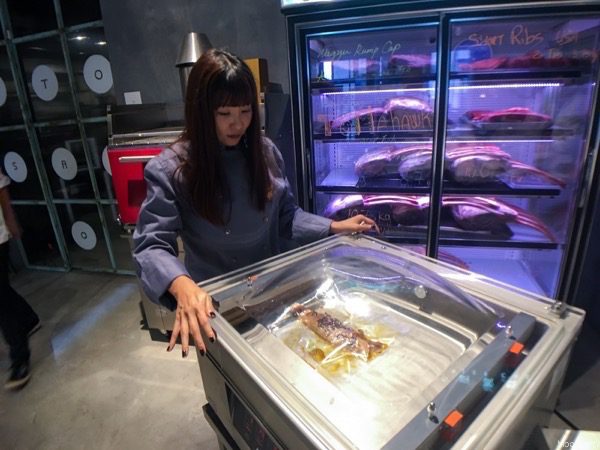
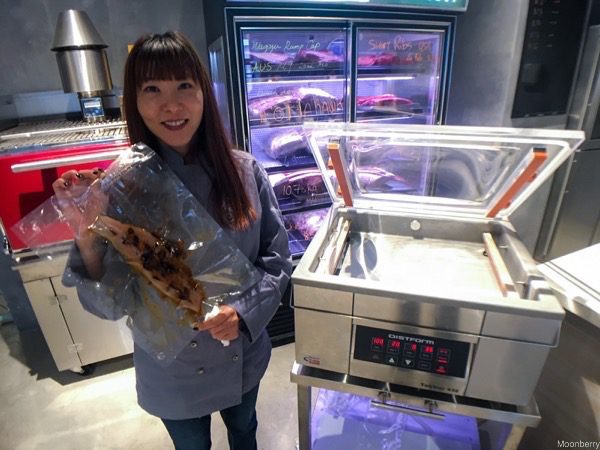
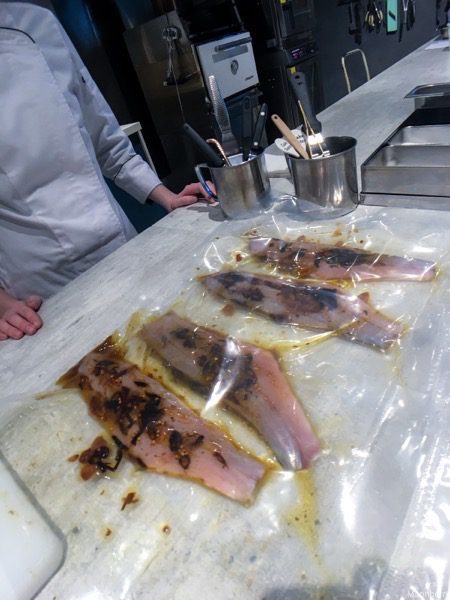
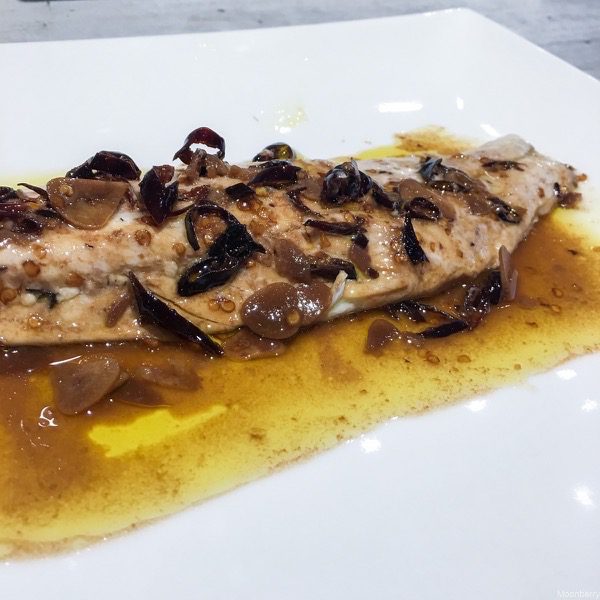
Stuffed Cuttlefish over Saffron Potato Cubes
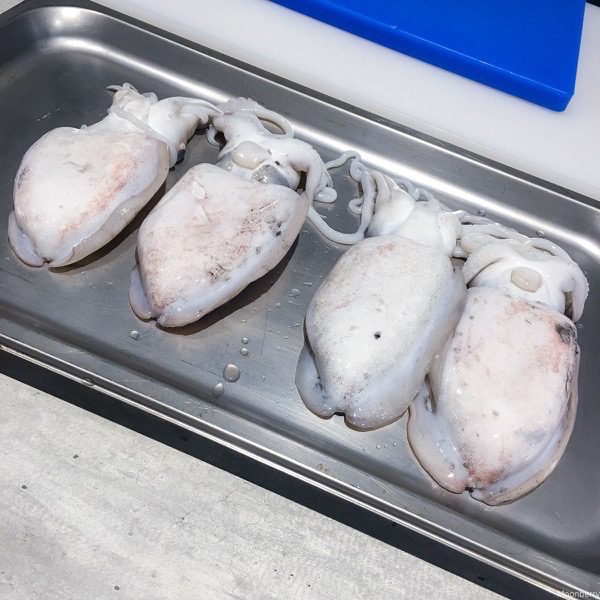
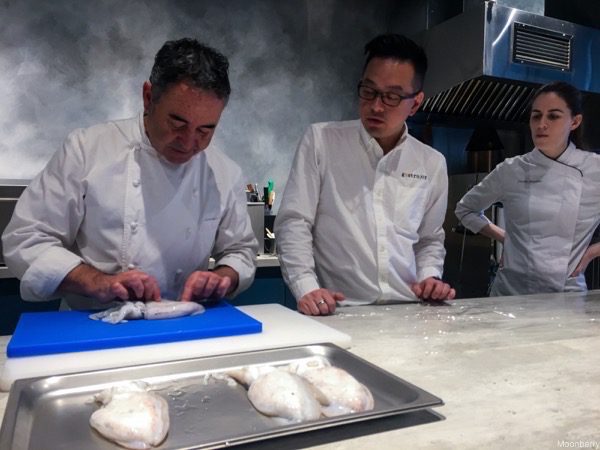
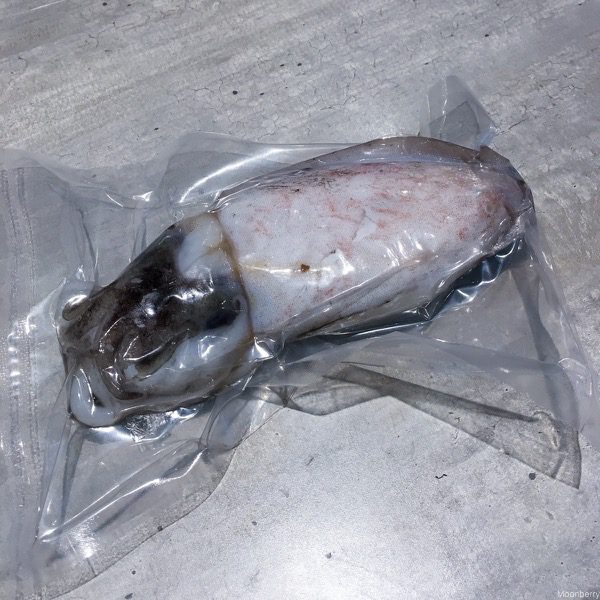
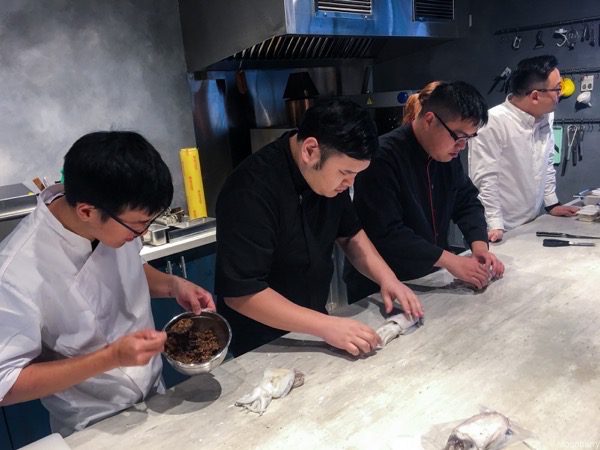
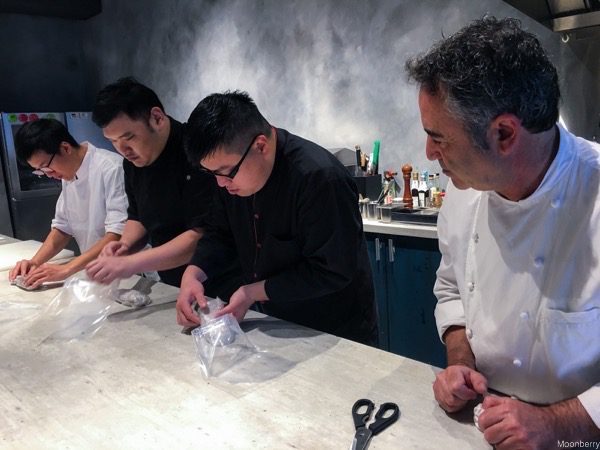
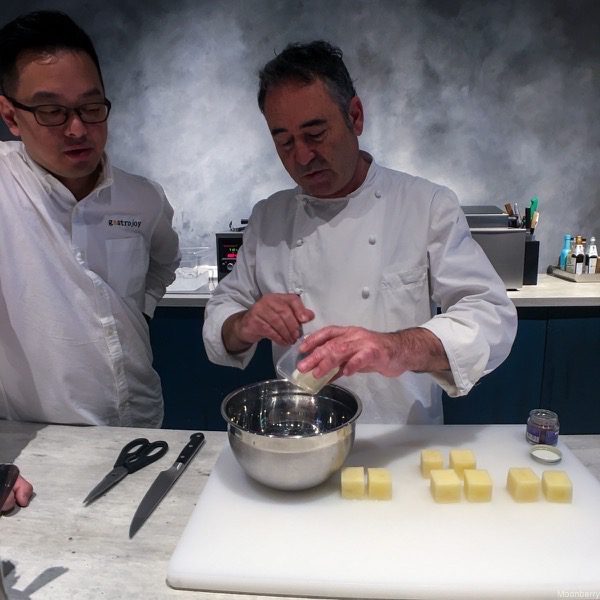
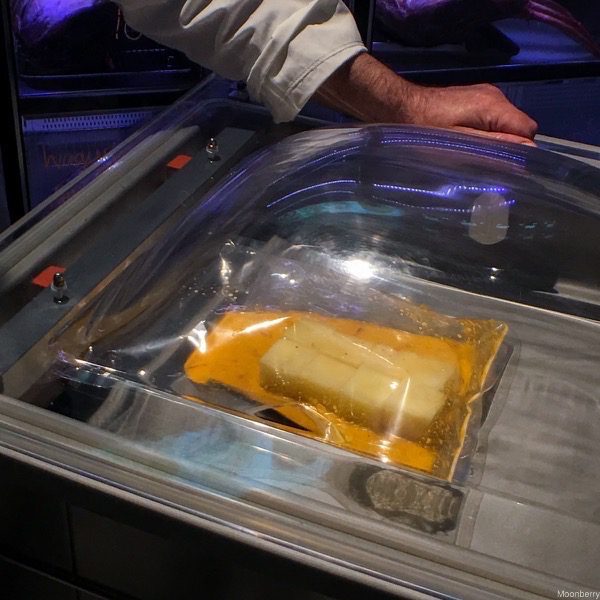
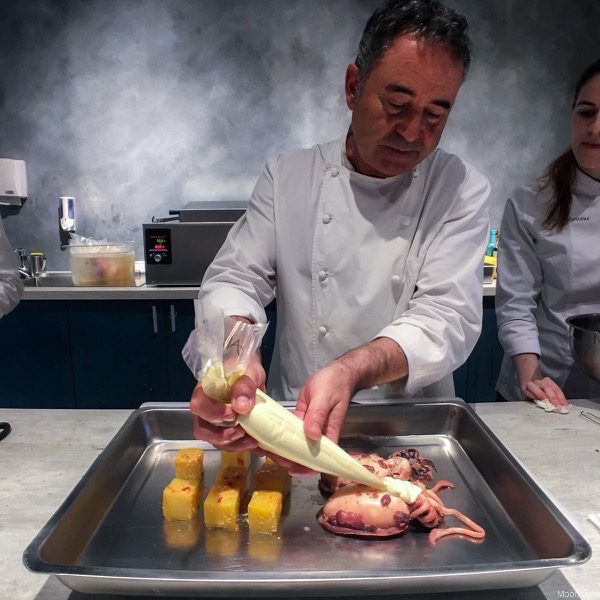
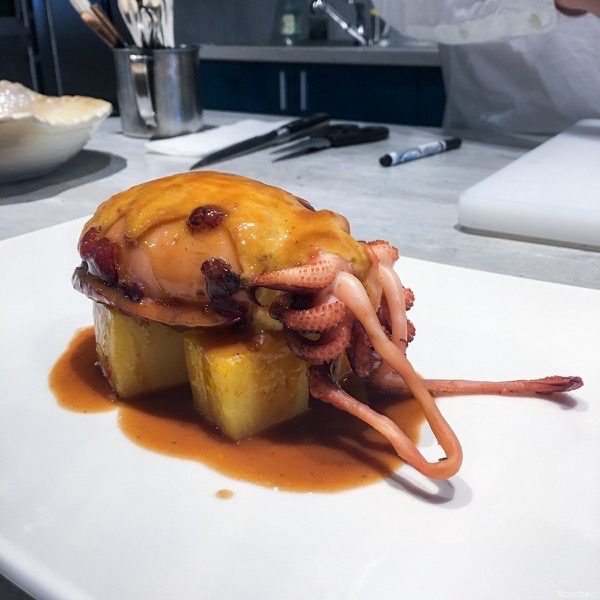
Orange-Marinated Daikon Salad

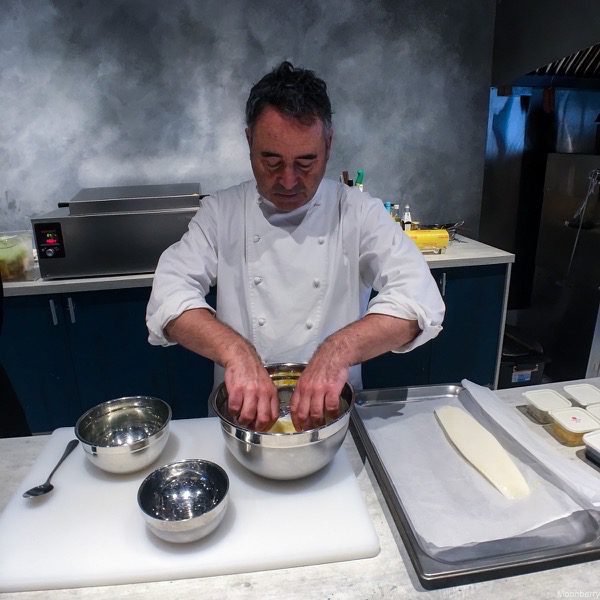
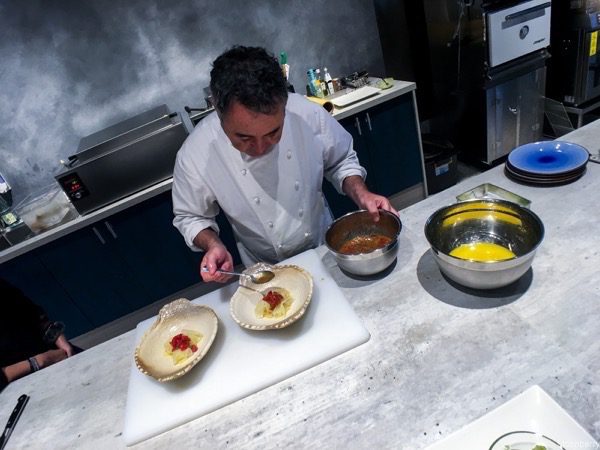
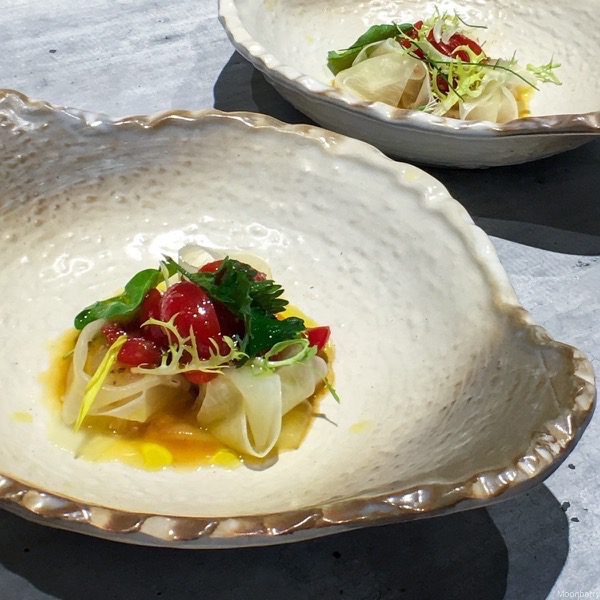
Day 4: I missed this day entirely as I had to fly back to Singapore, but on the course syllabus, Tony would have demonstrated how to make:
Grilled Orange-Glazed Duck Breast
Honey-Soy Sauce Pork Cheek over Stuffed Potatoes
Crispy Suckling Pig
Dessert (Cheese “Forest” with Fruit and Nut Crumble, and Chocolate Ganache with Toasted Creme Anglaise)
I WAS SUPER GUTTED that I couldn’t join the last day of class. I really, really, really had wanted to see – and more importantly, taste – the Crispy Suckling Pig. Especially as I helped to prepare it the day before, which was rather traumatic when I handled the baby pig. It was so tiny and its eyes were closed as if it was peacefully sleeping. Meanwhile, I was doing the #saltbae to it and imagining how delicious this was going to turn out. It still blows my mind that you can produce Crispy Suckling Pig using the vacuum seal and hot water bath method. I wanted to see what happened after the water bath and what the result is! (Judging from the photos I saw which my classmates had posted on their FB pages after, the finished dish looked very inviting.)

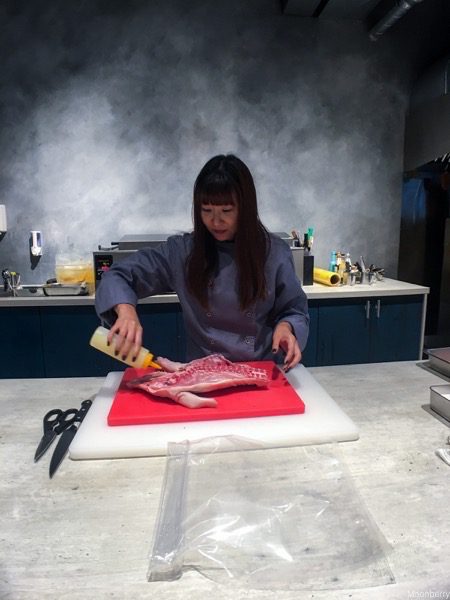
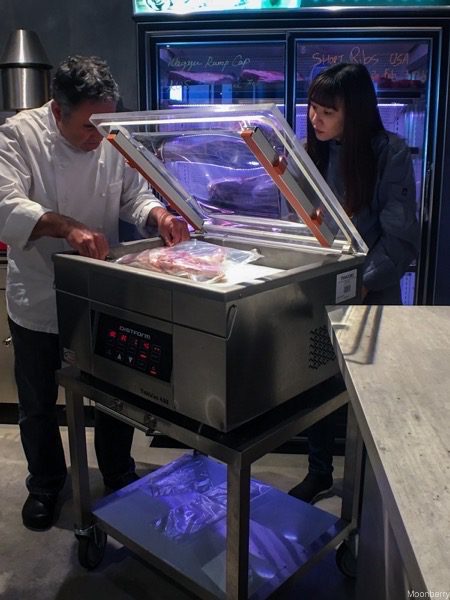
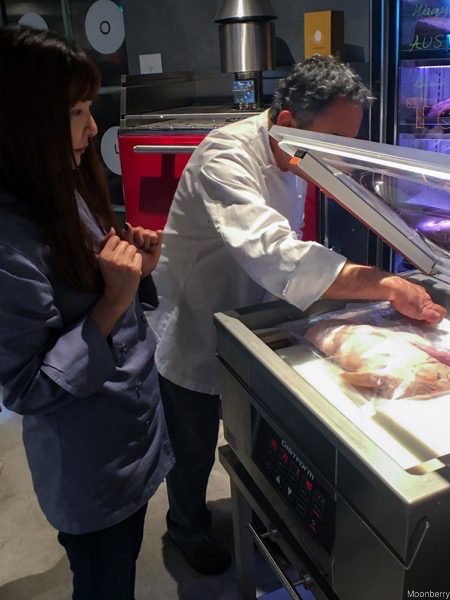
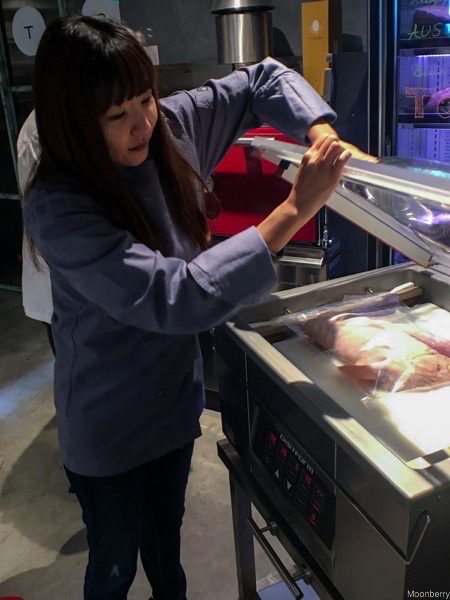
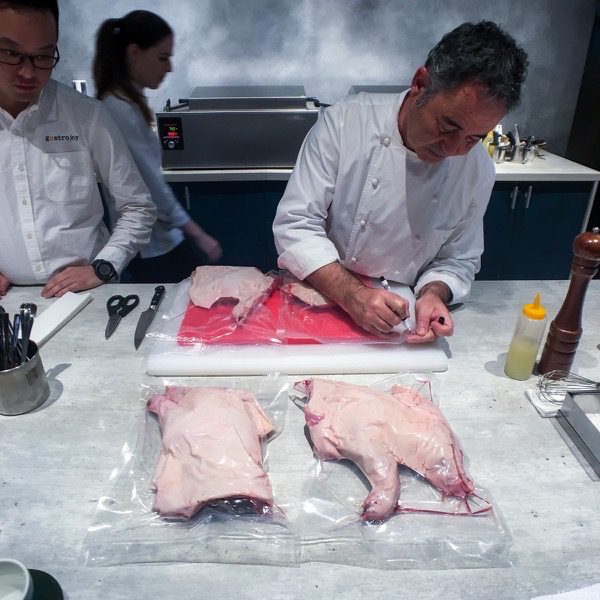
In total, with this masterclass you get 6 hours of theory + 18 hours of hands-on kitchen training, student manual with recipes, certificate of training that’s authorized through Tony Botella Taller de Cuina (TBTC) in Spain, and more.
Upcoming course dates: May 15-18, May 22-25
For full course schedule and information, visit GastroJoy to find out more.
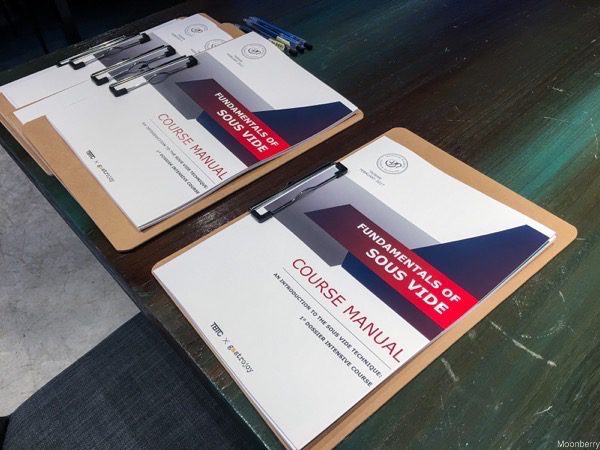
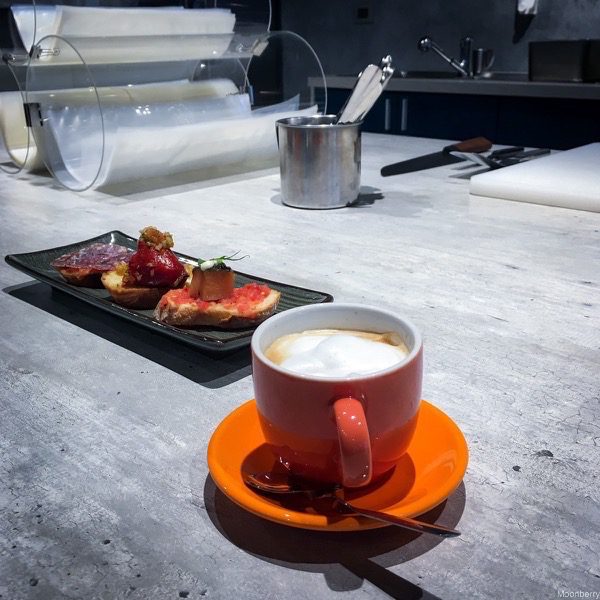
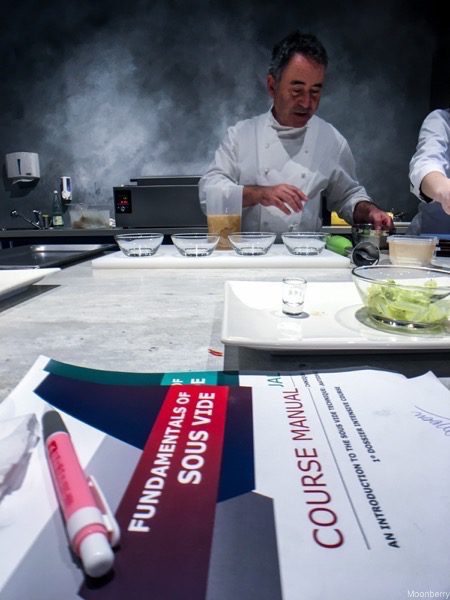
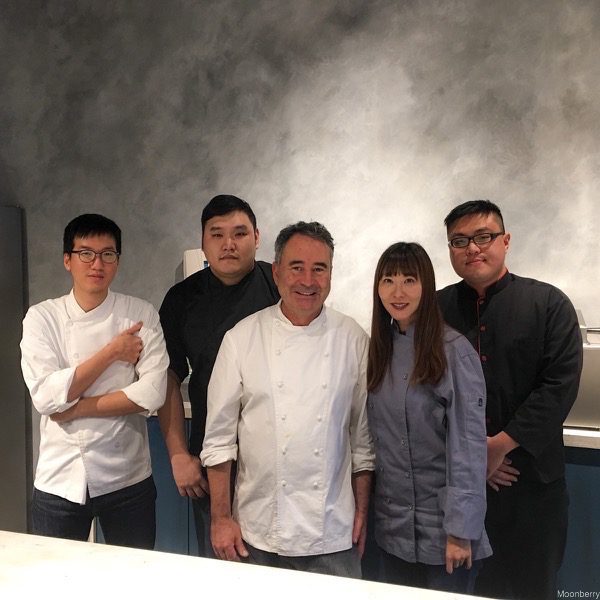
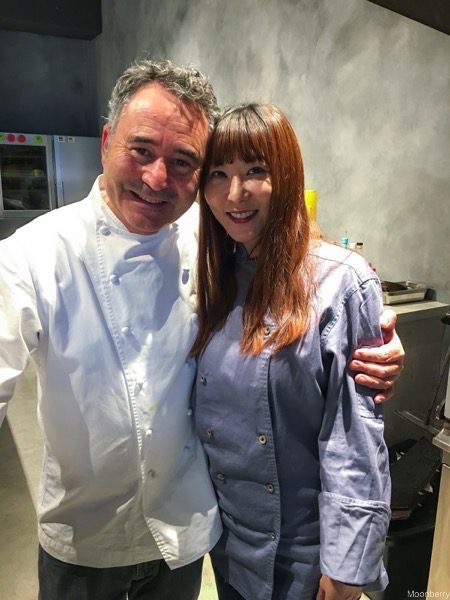
A quick intro about GastroJoy, it is a creative culinary concept space where by day, it is used as a culinary school, video production studio, and Chef-curated kitchen equipment and fine foods shop. By night, it transforms into SupperClub: a limited seating, open kitchen dining environment that, unlike traditional “fine dining” restaurants, feels more like an ultra-gourmet dinner party among friends. It is located in Taipei and has been rapidly gathering a lot of media attention lately, all thanks to the creative energy and solid gastronomy chops (the SupperClub is booked out weeks in advance and has hosted veterans in the entertainment industry – models, singers, actors, tv hosts). I should probably try booking a seat there soon.
